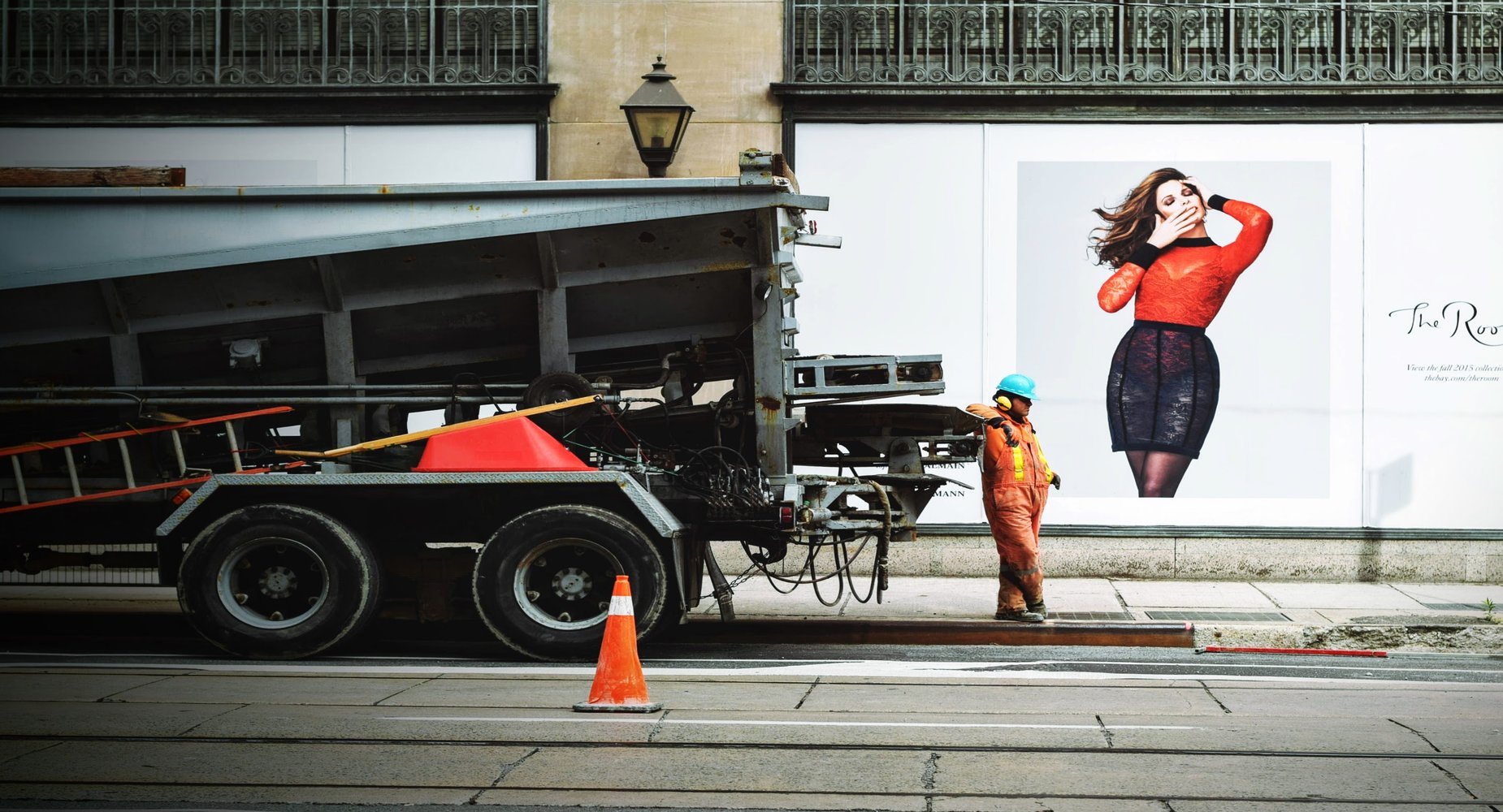The ASA made headlines this month for ruling that two brands broke new gender stereotyping guidelines. Charley Sambridge gives his take on what this means for brand reputation in an era of growing consumer consciousness and why PR agency campaigns should avoid this trap at all costs.
What happened?
It recently emerged that a ban on ‘harmful’ gender stereotypes in UK advertising has snagged its first offenders and put brands and their agencies on red alert. Just two months after the decree came into force, both Volkswagen and Mondelez’s Philadelphia have been charged by industry watchdog the Advertising Standards Authority (ASA) with presenting gender stereotypes in a way likely to cause harm. Volkswagen perpetuated the idea that men are more athletic than women, said the ASA, while Philadelphia reinforced the idea that men were ineffective child carers.
This has thrown the spotlight on creative campaigning. The complaints these adverts received are a signal that consumers are tired of stereotypes and demanding more imagination in their approach.
Whether you think this was a draconian reaction or not, the new rules around harmful gender stereotypes mean that brands will have to be extra careful about how they portray their message in the media. A clumsy association with outdated gender roles can cause significant reputational damage to well-respected brands – especially those, like Volkswagen, who are already struggling to rebuild consumer trust.
Why is this important?
Consumers are ever more concerned about how gender, disability and age are portrayed, with Kantar data showing that two-thirds of women would skip ads if they feel they negatively stereotype females and 85% say the film and ad industries do a poor job of depicting real women. Brands need to be more conscious of this change in opinion, testing their message against the standards which people now expect. While multinationals face a particular challenge in having to deal with different cultural values in different markets, their scale and brand awareness means that they are in the unique position to lead the way.
The message to take away from the decisions is not about whether the ASA’s new rules are right, or indeed if it has been overzealous in applying them. The message for brands is that you need to think hard about what Jess Tye of the ASA argues is the damaging, snowball effect of seeing outdated and perhaps offensive gender stereotypes again and again.
What can the industry do?
The reaction to the rulings has been a story in and of itself. Radio presenter John Humphrys questioned “How does this sort of advertising harm people?”, while laissez-faire Trade Secretary Liz Truss described the UK as a “beacon of banning.” The rulings may go further than many anticipated, but the controversy around these decisions will only amplify the reputational risk for big brands, giving oxygen to the growing number of campaign groups in this space and ensuring that those who blunder stay in the headlines for longer.
Campaigns often revert to stereotypes to make a point quickly — dads are blundering parents, while all men are athletic — but certain brands are learning fast. Back in June, Jaguar Land Rover launched a campaign to celebrate women in engineering and highlighted the stats and facts around how few women engineers there are. This allowed the company to raise awareness of the issue and the image of their brand at the same time. Earlier in the year, the RAF argued that “women should be defined by actions not clichés” and that “every role in the RAF is open to everyone”. Much more powerful messages than over-simplistic assumptions.
While the rulings are well-intentioned, a lot of obvious questions do still remain: outside the fairly obvious, what counts as a gender stereotype? And how might they intersect with other stereotypes along age or class lines? As an industry, we need to think harder about how to make campaigns resonate with as wide an audience as possible.
Fundamentally, what harms, misleads, offends or is deemed inappropriate will vary from person to person, but more rulings along these lines are inevitable and that’s a reality that brands need to confront. Above all else, the approach of VW and Mondelez was a lost opportunity to connect meaningfully with consumers. Businesses need to be aware that this has a negative impact not only on the success of a campaign, but also creating a brand perception that is hard to shake off.



